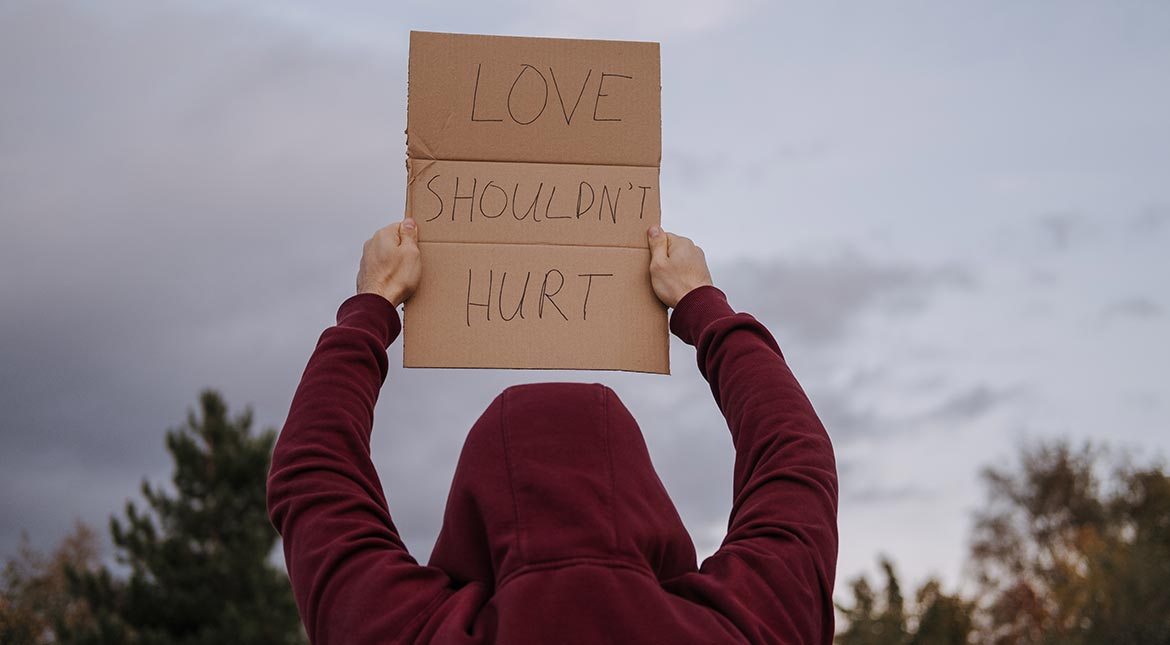Report 2023-31

Domestic violence has far-reaching health and societal effects. Over a third of adults in Oregon experience domestic violence in their lifetimes, and intimate partners are responsible for approximately one in five homicides nationwide. From 2009 through 2019, Oregon’s 393 fatal domestic violence incidents resulted in 532 deaths.
In 2020, the U.S. Department of Housing and Urban Development estimated that at least 32% of adults in families with children in surveyed homeless shelters were survivors of domestic violence, and 15% were currently fleeing unsafe situations.
Ease of access is critical for timely and effective domestic violence interventions. However, victims face multiple access barriers. Victims and survivors often face fear, isolation, shame, and stigma, as well as financial, mental health, and cultural challenges. Regional organizations play critical roles in providing services.
What did our review find?
-
Victims and survivors face multiple barriers to accessing community services and navigating the justice system. Systemic social welfare issues, such as the lack of available housing or access to services like childcare, mental health care, and legal assistance often translate to urgent unmet needs for domestic violence victims.
-
Oregon advocates report fragmented and under-resourced social services and complex criminal and civil justice systems contribute to access issues. Domestic violence service providers face high administrative burdens, staffing issues, and challenges expanding equitable outreach, prevention, and intervention services.
-
Oregon lacks a centralized, statewide response to domestic violence and does not strategically address risks through statewide data-informed prevention, mitigation, or intervention-related action. Oregon could do more to coordinate strategies, share data, and effect change across otherwise siloed agency and organizational responses.
We suggest state leaders take several actions and strategic improvements to better support victims and survivors. These actions include developing and implementing a statewide strategy to address the needs of domestic violence victims and survivors, centralizing resources and statewide information sharing, including improved data collection, and adding financial stability to nonprofit operations.
